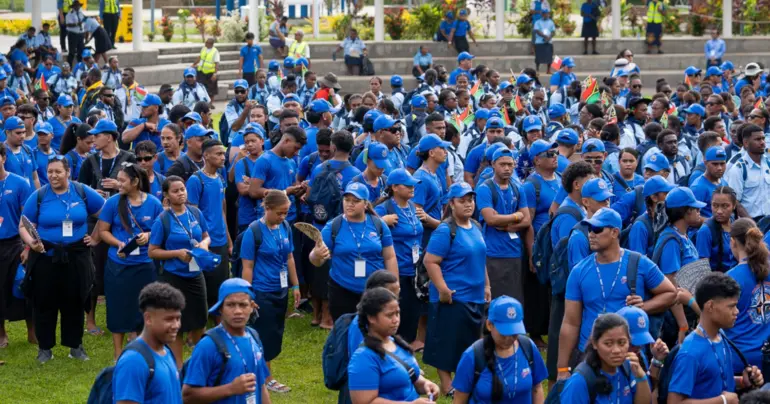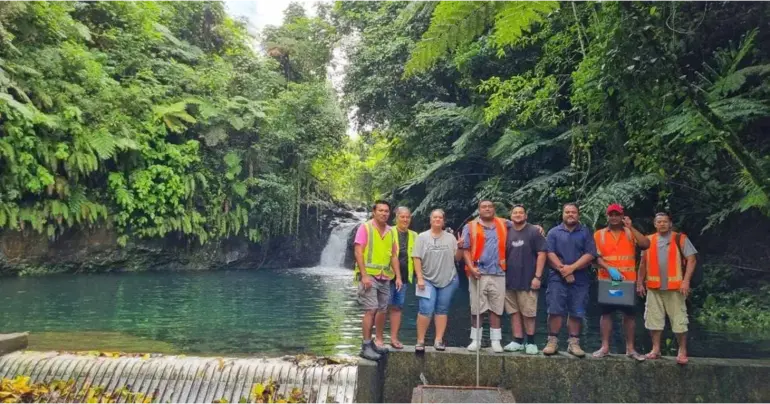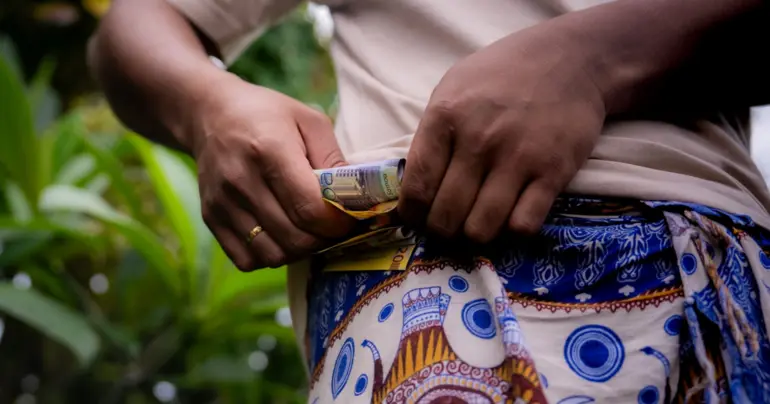Chinese medical team committed to Samoa during COVID-19 response
 By Sapeer Mayron
•
31 March 2020, 11:00AM
By Sapeer Mayron
•
31 March 2020, 11:00AM
A five member Chinese medical specialist team has chosen to stay in Samoa instead of returning to China amidst the global pandemic that has already seen nearly 34,000 deaths.
The China Medical Aid Team were scheduled to leave Samoa in February but in the absence of a new team to replace them, the group chose to stay. They are Dr. Zhe An (Cardiologist), Dr. Yonggang Wang (Urologist, Team leader ), Dr. Lifeng An (otolaryngologist, ENT), Dr. Qingfan Zheng (Gastroenterologist,Endoscopy) and Dr Qiong Wu (Pathologist).
Just one of their team, dermatologist Dr Li Xianglan had to return to China to care for her sick father.
The team leader is urologist Dr. Yonggang. Wang
“We [chose] to stay here because Samoa needs doctors and medicine especially this tough period,” he said.
“As we know China has more experience in handle this severe contagious disease and China is nearly winning in the fight of COVID-19.”
As China’s own epidemic appears to slow, the nation has sent humanitarian aid in the form of medical supplies and expert medical units around the world including Italy, Spain, the United Kingdom, Iran, Iraq, Pakistan and Laos.
Dr. Lifeng An, the ear nose and throat specialist of the unit told his daughter that he cannot come home yet because he is “fighting the monster with Samoa.
“Take care of yourself and your grandparents,” he told her over the phone.
The medical team will likely remain in Samoa until at least June or July, the Chinese Embassy said. They are the third of four rotations of medical aid workers to Samoa under a bilateral agreement between the two countries.
The team have also put together a fact sheet about COVID-19 for Samoa.
What are the symptoms of COVID-19?
The most detailed breakdown of symptoms of the disease comes from a recent World Health Organization (W.H.O.) analysis of more than 55,000 confirmed cases. Here are the most common symptoms and the percentage of people who had them:
- Fever: 88%
- Dry cough: 68%
- Fatigue: 38%
- Coughing up sputum, or thick phlegm, from the lungs: 33%
- Shortness of breath: 19%
- Bone or joint pain: 15%
- Sore throat: 14%
- Headache: 14%
- Chills: 11%
- Nausea or vomiting: 5%
- Stuffy nose: 5%
- Diarrhoea: 4%
- Coughing up blood: 1%
- Swollen eyes: 1%
What is the difference between COVID-19 and flu?
The COVID-19 is much more deadly than seasonal flu so it's important to distinguish COVID-19 from flu.
COVID-19 is a lower respiratory tract infection, which means that most of the symptoms are appearing in the chest and lungs. That’s different from flu which brings on an upper respiratory tract infection, where you get a runny nose and sinus congestion. Those symptoms seem to be mostly absent for people with COVID-19, but most of them with fever and dry cough.
Are all the patients who tested positive for COVID-19 at high risk of a severe infection?
About 20% of them are at high risk of severe cases, and the other 80% may be mild.
The severity of COVID-19 symptoms can range from very mild to severe. Some people have no symptoms, or are asymptomatic. And most of the patients, about 80%, have had mild to moderate symptoms, which means their prognosis would be good. But some of them may also deteriorate if they go without medical care.
About 20% of people who tested positive for COVID-19, about 1 in 5, have had severe symptoms, which includes having trouble catching their breath, rapid breathing (taking more than 30 breaths in a minute), and low oxygen in their blood. These patients need extra oxygen and sometimes specialized equipment to help them breathe.
About 1 in 20 patients were in critical condition. These patients may develop respiratory failure and organ failure.
In China, all patients either mild or severe were hospitalized, so that the patients can get better medical care, and would also not infect others who they might be in contact with.
Who are at the highest risk of severe infection from COVID-19?
People who seem to be at highest risk of severe from COVID-19 are adults over the age of 60, or people who have underlying medical conditions like high blood pressure, diabetes, heart disease, lung disease, or cancer. The highest number of deaths, 22%, has been in adults over age 80. So for the elders over 60 years old, or those with underlying illness, should pay greatest attention and take preventive measures to avoid infection.
When should I see a doctor?
Contact your doctor or clinic right away if you have suspect COVID-19 symptoms, especially when you've been in close contact with someone with COVID-19, especially when you have recently history international travel, or lived in or have travelled from an area with ongoing community spread of COVID-19, or when you have the close contact with the person that have lived in or have travelled from an area like that recently. Call your doctor to tell him or her about your symptoms and recent travels and possible exposure before you go to your appointment.
Anyone with respiratory symptoms who hasn't been in an area with ongoing community spread can contact his or her doctor or clinic for further recommendations and guidance. Let your doctor know if you have other chronic medical conditions.
When anyone goes to see a doctor with respiratory symptoms, please wear a mask to avoid spreading the disease to others that may be in contact with you.
As the pandemic progresses, it's important to try the best to secure health care facilities for all patients in need.
Is it necessary to wear a mask for the people who have COVID-19 symptoms?
According to the WHO, medical professionals, people caring for someone with coronavirus, or those who have the condition need to wear a mask. So the people who have COVID-19 symptoms need to wear mask. And WHO recommends that surgical masks are good enough for them.
Tags
 By Sapeer Mayron
•
31 March 2020, 11:00AM
By Sapeer Mayron
•
31 March 2020, 11:00AM











